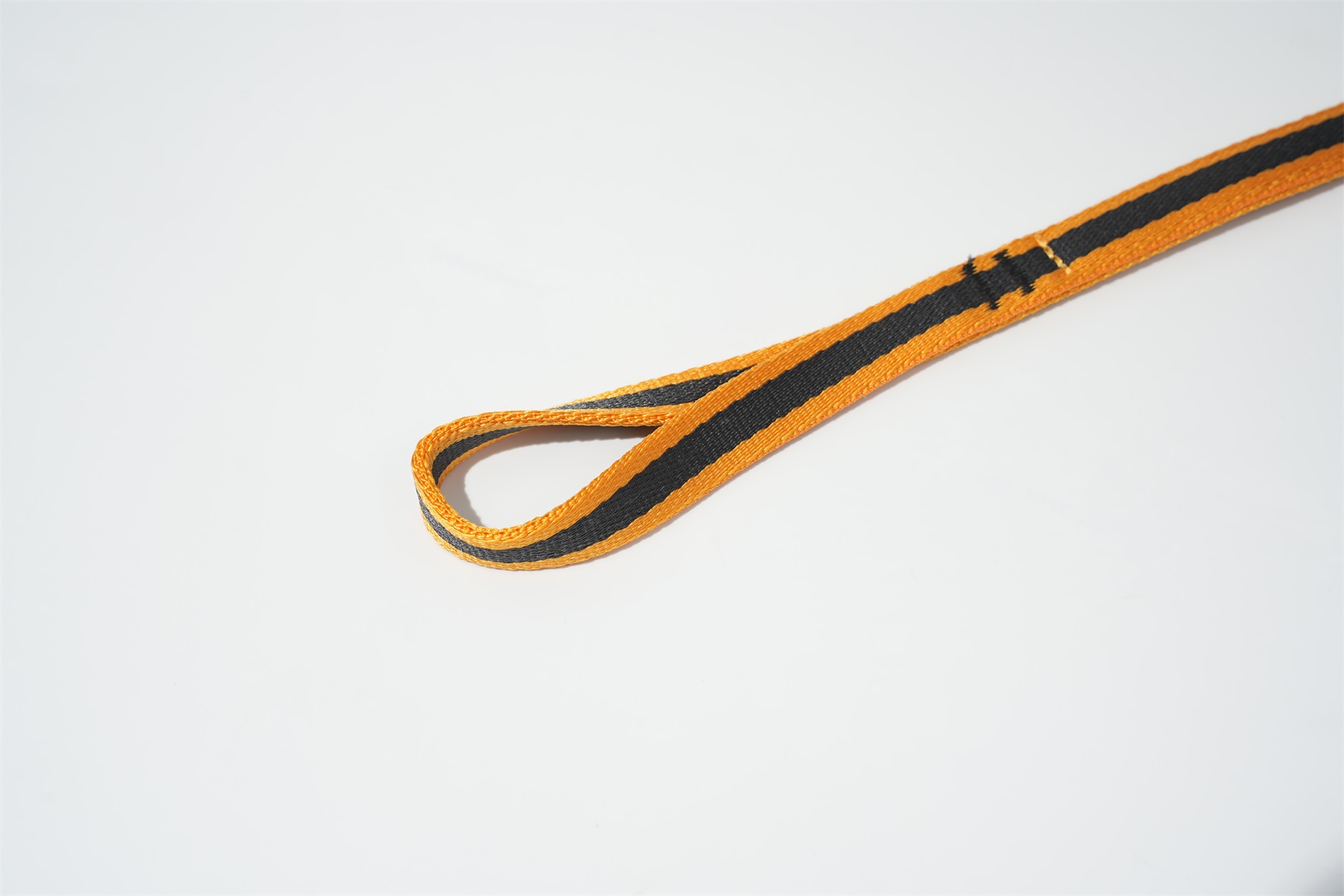What is a Single nylon lanyard?
Our Single Nylon Lanyards are perfect for holding ID badges, keys, and event passes. Made from durable, high-quality nylon, these lanyards are comfortable to wear and built to last. Ideal for office staff, students, trade shows, and promotional events, they can also be customized with your company logo or preferred colors. Easy to clean and maintain, our lanyards provide a practical and stylish solution for everyday use

Single Nylon Lanyard–Durable,Comfortable&Customizable
Our single nylon lanyards are designed to provide a practical,stylish,and durable solution for holding ID badges,keys,and event passes.Made from high-quality,strong nylon material,these lanyards are soft to the touch,comfortable for all-day wear,and built to withstand regular use without fraying or stretching.Whether for corporate offices,schools,trade shows,or promotional events,these lanyards are a versatile choice for both personal and business use.
High-Quality Material&Construction
Crafted from premium nylon,our lanyards offer superior durability compared to standard polyester alternatives.The smooth texture ensures minimal irritation on the neck,while the reinforced stitching enhances the overall strength.The single-layer design keeps it lightweight and simple,making it easy to carry badges or keys without bulk.Our lanyards are also resistant to wear and tear,ensuring they maintain their appearance even after prolonged use.
Customization Options
With custom nylon lanyards,you can showcase your brand or event with a professional touch.Choose from a variety of colors,add your company logo,or select custom printing styles to match your design preferences.We also offer different attachments,including metal clips,swivel hooks,and safety breakaway buckles,giving you flexibility to adapt the lanyard to your specific needs.Customization makes these lanyards ideal for corporate branding,event giveaways,or school identification purposes.
Ideal for Various Scenarios
Our nylon badge lanyards are perfect for multiple scenarios:
Corporate and Office Use:Keep ID badges easily accessible for employees and visitors.
Schools and Universities:Ensure students and staff can display IDs safely and comfortably.
Trade Shows&Exhibitions:Promote your brand with personalized lanyards for attendees.
Events&Conferences:Provide a stylish,functional way to hold passes,tickets,or keys.
Promotional Giveaways:Enhance brand visibility with custom printed lanyards for marketing campaigns.
These lanyards combine practicality with aesthetics,making them a go-to choice for any organized environment.
Easy Maintenance
Our nylon lanyards are easy to clean and maintain.Simply hand wash with mild soap and water,and air dry.Avoid exposing them to high temperatures or harsh chemicals to extend their lifespan.Their durable design ensures they retain color vibrancy and structural integrity even after repeated use and washing.
You may be interested in (FAQ)
1.How long do nylon lanyards last?
With proper care,our lanyards can last several years,making them a long-term investment for office,school,or event use.
2.Can I customize the color or logo of my lanyard?
Yes,we offer full customization options,including color,logo printing,and various attachment types.
3.Are single nylon lanyards comfortable for all-day wear?
Absolutely.The soft nylon material and lightweight design make them comfortable for prolonged use.
4.How do I clean and maintain my nylon lanyard?
Hand wash with mild soap,rinse thoroughly,and air dry.Avoid machine drying or high heat.
5.What events are suitable for using nylon lanyards?
These lanyards are ideal for conferences,trade shows,corporate events,school ID purposes,and promotional giveaways.